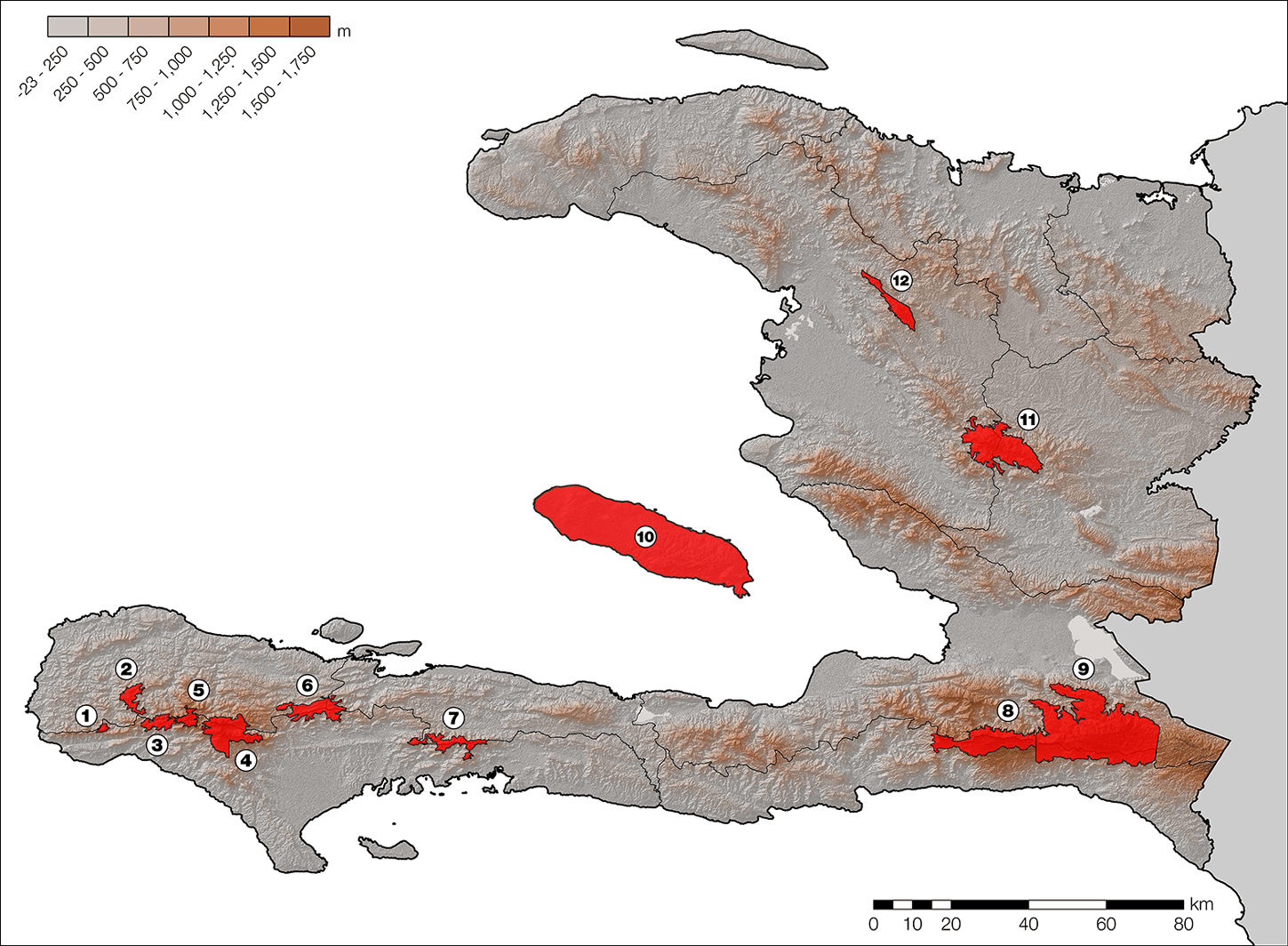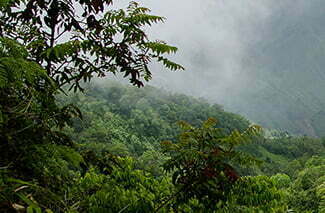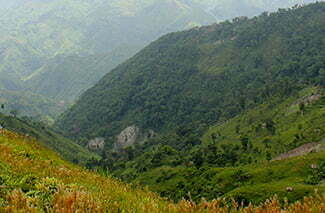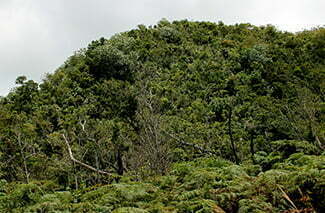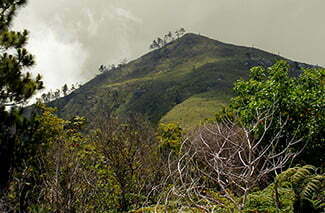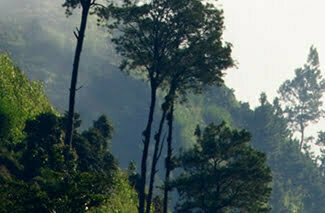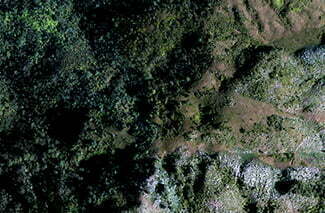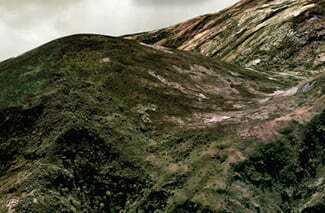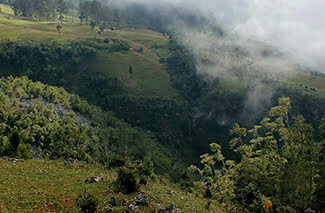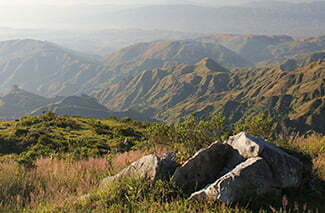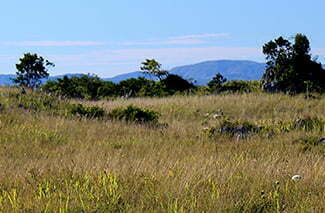Biodiversity Hot Spots
Introduction
Haiti stands out among all countries in the western Hemisphere, and possibly the world, in being close to a mass extinction of biodiversity–losing most of its rich biodiversity (plants, animals, and other species). Deforestation, because of pressure to grow food and make fuel for cooking, has been reducing the original forests over centuries, currently down to about one percent of the original extent. Remarkably, much of the original biodiversity still remains, concentrated in these tiny ‘hot spots,’ usually on mountain tops. Unfortunately, some mountains have already lost all of their forests, along with unique species. A team of scientists and conservationists have been exploring and cataloging Haiti’s hot spots of biodiversity over the last five years, mostly using a helicopter. Twelve of these hot spots are shown here. The mass extinction can be prevented by greater protection of the forests of Haiti, including an expanded and strengthened national park system and the establishment of private nature reserves. Please refer to a web version of our updated map of the protected areas of Haiti, or download a high-resolution version from our products page.
